Strategic Alm Process Advances Project Success
The client provides useful, high-quality products and services that advance scientific discovery and improve healthcare. Serving Life Science Research and Clinical Diagnostics, its revenues exceeded $2.1 billion in 2017. With more than 8,000 employees globally and over 10,000 products, the client services university and research institutions, hospitals, biotechnology, pharmaceuticals, public health and commercial laboratories, as well as applied research laboratories for food safety and environmental quality testing.
The Problem
The client was in the middle of their implementation phase to roll out their primary risk management software Mission Control 2.0 when they faced slow production release times, delayed up to a month. Mission Control 2.0 was a risk mitigation software that provided ad hoc reports for doctors and medical personnel. The application’s implementation was already two years out and had reached a stalemate. That’s when they asked Technossus to assist in releasing and rebuilding the application.
The IT leaders recognized that there were significant risk factors to this costly multi-year project. Initially, the client had only requested a revamp and completion of the application’s user interface to prepare the software for release. During Technossus’ Assessment and Discovery Phase, additional unidentified issues were discovered. These included back-end problems with the architecture construction and poor implementation of their Application Lifecycle Management (ALM), which halted scalability and efficiency of the platform.
Technossus conducted a thorough risk assessment of production practices and efforts and identified:
- The need for platform modernization and renovated UI to improve the overall user experience.
- Business requirements were not defined in consideration of the production timeline, which brought an inability to estimate resource efforts.
- The lack of ALM processes puts an overemphasis on short-term development goals, resulting in errors in manual coding efforts. Presenting an opportunity to build out a back-end API to define application routines, protocols, and tools.
The Solution
Technossus took an iterative approach to build the Mission Control 2.0 application to serve the client’s global customer base. The solution proposed to create a new front-end UI for the Mission Control 2 application, augmented efforts to build out a back-end API, and prepared to automate application testing.
- Technossus began the modernization of the Mission Control 2.0 platform by redesigning the enterprise architecture and aligning the client’s business strategy with their new IT strategy. From there, the front-end application development and design were finalized to run a pilot with their customers.
- The separation of UI requirements from functional requirements assisted the management in clearly defining documenting requirements prior to hand-off to development. Technossus encouraged leadership to directly work with the delivery team, to ensure full engagement and knowledge sharing between all team members.
- From development to deployment, Technossus defined a set of protocols and best practices and closely monitored the results before hand-off. To mitigate manual programming errors, a full end-to-end application was built out with a fully automated test suite for integration and functional testing. This opened the opportunity to automate and offshore any manual QA testing efforts. Technossus and the client team created a fully functional server-side API using Microsoft Azure. As a proof-of-concept, the application was fully dynamic and functioning, but not completely hardened and was connected to proper data sources.
The Results
The Technossus solution formulation produced an immediate increase in productivity and efficiency amongst leadership, developers, and resources. The program was organized around defined work streams and technical resources were realigned where necessary. Despite previous project derailment, the Scrum-based development cycle Technossus utilized produced the Mission Control 2.0 platform within budget and scope. As part of Technossus’ engagement methodology, continued success was ensured through a seamless handover to the client team. Constant knowledge transfer began immediately at the start of the engagement. Dovetailed responsibilities of continued operations near the end of the project were transferred. Accompanied by detailed documentation procedures, the processes ensured ease of transition.

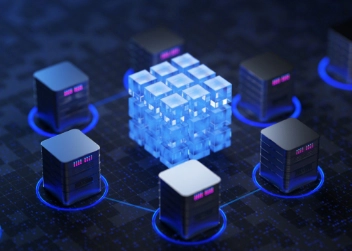
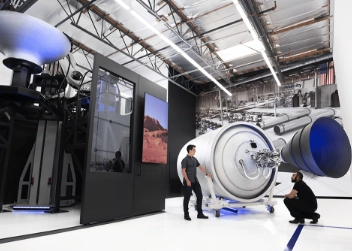

 Trusted by Leading Brands
Trusted by Leading Brands
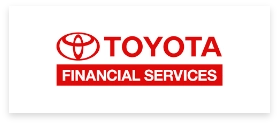
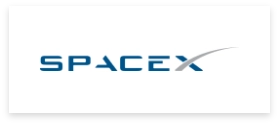
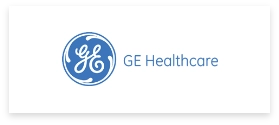
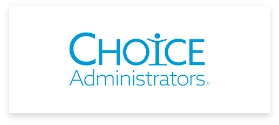
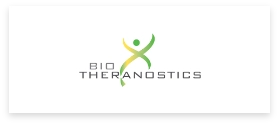
 Ready To Get Started
Ready To Get Started
